Bloodhounds are renowned for their incredible sense of smell and ability to follow a scent trail for miles. This large, affectionate breed has specific dietary requirements that are essential to maintaining their health and supporting their olfactory capabilities. The amount of food a Bloodhound requires can vary greatly depending on their age, weight, and activity level, as well as the caloric content of their chosen diet. In this article, we will explore how to determine the appropriate food portions for your Bloodhound and discuss the estimated cost of their monthly feeding routine.
1. Understanding Bloodhound Nutritional Needs
Bloodhounds, with their large size and considerable energy, have specific nutritional needs that must be met through a balanced diet. They require an appropriate ratio of protein, fats, and carbohydrates, as well as a range of vitamins and minerals to support their joint health, cardiovascular function, and overall well-being.
2. Calculating Daily Food Intake
To determine how much to feed your Bloodhound, you’ll first need to assess their body condition and consider their daily calorie requirements. An average adult Bloodhound typically consumes between 20 to 30 calories per pound of body weight per day. Puppies and active adults may require more calories, while older or less active dogs may require fewer.
3. Feeding Puppies vs. Adults vs. Seniors
Bloodhound puppies grow rapidly and need more frequent feedings of specially formulated puppy food to support their development. Adults can be transitioned to two meals a day, while seniors often require diets lower in calories but rich in nutrients to maintain their health as their metabolism slows.
4. The Role of Activity Level in Diet
A Bloodhound’s activity level significantly influences their dietary needs. A working Bloodhound involved in tracking activities will require more energy than a companion dog. Adjusting the food quantity to match their lifestyle is crucial to prevent obesity or underfeeding.
5. Measuring Meals and Avoiding Overfeeding
It is vital to measure your Bloodhound’s meals using a standard measuring cup and follow the feeding guidelines provided by the food manufacturer. Regularly monitoring your Bloodhound’s weight and body condition score can help prevent overfeeding, which can lead to obesity and health issues.
6. Types of Dog Food and Their Impact on Feeding Amount
The type of dog food—whether dry kibble, wet food, raw diet, or homemade meals—will impact the amount you feed. Each type of food has different caloric densities, and portion sizes should be adjusted accordingly. Always ensure that the diet is complete and balanced.
7. Frequency of Feeding
Bloodhounds benefit from structured feeding times rather than free feeding, which can help with digestion and weight management. The typical recommendation is two meals a day for adults, though puppies may require three to four smaller meals spread throughout the day.
8. Incorporating Treats and Extras
Treats are an important part of training and bonding but should be given in moderation. They should not make up more than 10% of your Bloodhound’s total caloric intake to avoid dietary imbalances and weight gain.
9. Adjusting Diet for Weight Management
If your Bloodhound gains or loses weight, adjustments to their diet may be necessary. A weight change might indicate that their current feeding regimen doesn’t align with their caloric needs. Gradual changes to the amount of food, rather than drastic cuts or increases, are recommended.
10. Special Dietary Considerations and Health Issues
Some Bloodhounds may have health issues or dietary sensitivities that require special food formulations. Consulting with a veterinarian to tailor the diet to these needs is essential for maintaining health and quality of life.
11. Estimating Monthly Feeding Costs
The cost of feeding a Bloodhound will vary based on the type of food you choose and where you live. As a general estimate, feeding a Bloodhound a premium brand of dog food can cost between $80 to $150 per month, depending on the specific food’s cost and the amount your dog requires.
12. The Impact of Dog Food Quality on Long-Term Health
Investing in high-quality dog food can have a significant impact on your Bloodhound’s long-term health. Premium foods may come with a higher price tag but often provide superior nutrition, which can reduce the risk of health problems and potentially lower veterinary costs over your dog’s lifetime.
Our 5 Top Foods for Bloodhounds
The diets were selected by our founder Justin Palmer, a certified canine nutrition expert, specifically with Bloodhounds in mind:
| Food | Pros | Cons |
|---|---|---|
|
|
|
|
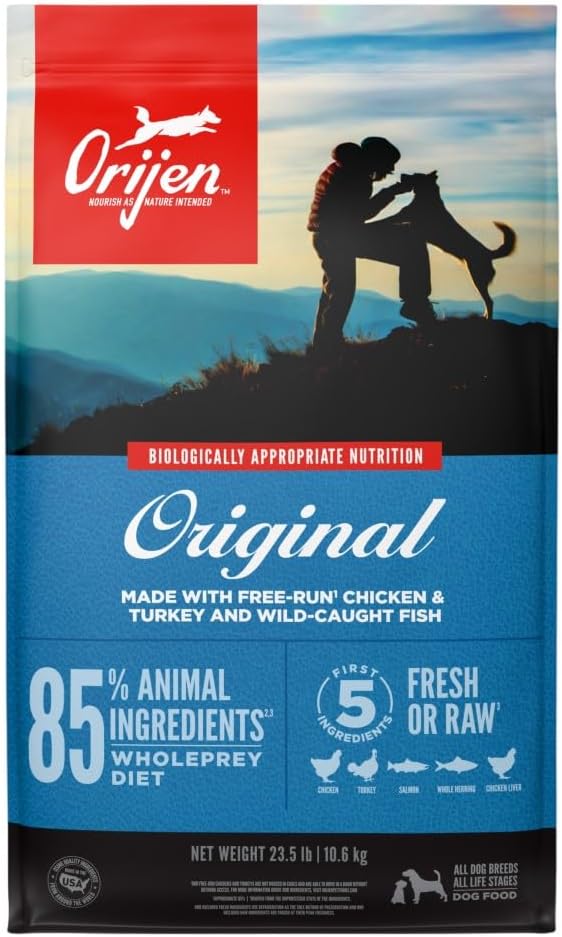
Check Today's Price on: |
|
|
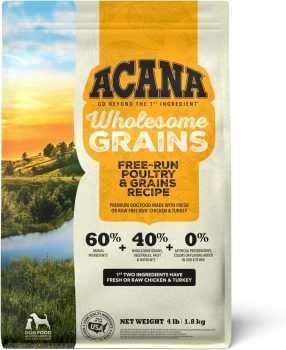
Check Today's Price on: |
|
|
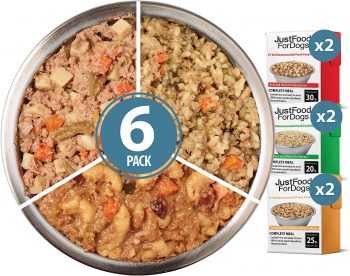
Check Today's Price on: |
|
|
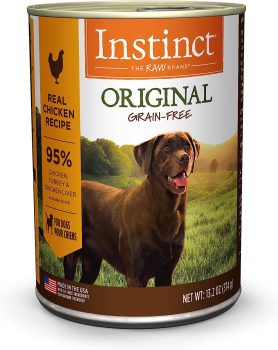
Check Today's Price on: |
|
|
Conclusion
Feeding your Bloodhound is about more than just satisfying their hunger; it’s about supporting their overall health and unique lifestyle. Whether trailing a scent or relaxing at home, these dogs require a balanced diet tailored to their specific needs. By understanding the factors that affect how much you should feed your Bloodhound and the associated costs, you can ensure your canine companion stays healthy, happy, and ready for whatever adventure comes next.
Frequently Asked Questions About Feeding a Bloodhound
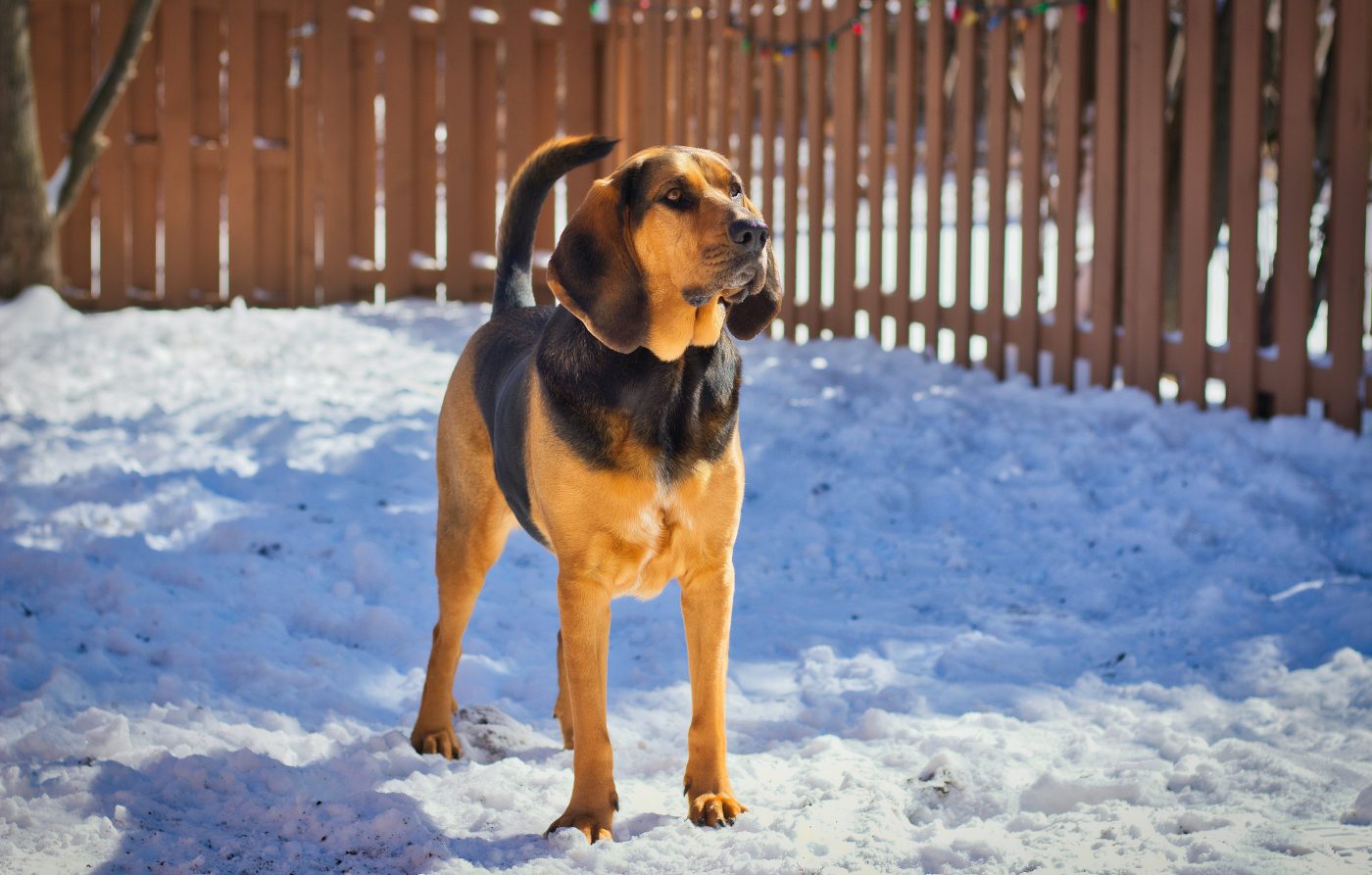
1. How much should I feed my Bloodhound puppy?
Puppies generally need to be fed more than adult dogs due to their growth requirements. A Bloodhound puppy should typically eat about 2-4 cups of puppy food spread across three to four meals a day, depending on their age and size. It’s important to follow the guidelines on the dog food packaging and adjust as needed with your vet’s guidance.
2. What type of food is best for Bloodhounds?
The best food for Bloodhounds is a high-quality, balanced diet that’s appropriate for their life stage (puppy, adult, senior). Many owners opt for dry kibble formulated for large breeds, as it’s convenient and can help maintain dental health. However, diets can vary, and some may include wet food or a raw diet; consult with a vet to ensure all nutritional needs are met.
3. How often should I feed my adult Bloodhound?
Adult Bloodhounds typically do well on two meals per day. This feeding schedule helps prevent bloat, a serious health risk for large breeds and can assist with weight management. Monitoring your dog’s weight and adjusting food portions accordingly is essential.
4. Can I give my Bloodhound table scraps?
It’s generally not recommended to give Bloodhounds table scraps. Human food often contains ingredients that can be harmful to dogs, and it can also contribute to unhealthy weight gain. If you do wish to share human food, consult your vet about safe options and limit it to an occasional treat.
5. Are there signs that I’m feeding my Bloodhound too much?
Signs of overfeeding include weight gain, excess body fat, and a reluctance to exercise. If your Bloodhound is gaining weight or seems lethargic, it’s important to reassess their diet and exercise routine. A vet can help determine the ideal weight and feeding amounts for your dog.
6. What should I do if my Bloodhound is a picky eater?
If your Bloodhound is a picky eater, first rule out any potential health issues with a veterinarian. Once health issues are cleared, try to make meal times more appealing by adding a little wet food to the kibble, warming the food, or feeding at consistent times in a quiet, distraction-free area.
7. How can I prevent my Bloodhound from getting bloat?
To prevent bloat, avoid feeding your Bloodhound a large meal right before or after vigorous exercise, and encourage them to eat slowly. Consider using a slow feeder bowl and feeding two smaller meals instead of one large meal. Keeping a close eye on your dog’s eating habits and discussing preventive measures with your vet is also advisable.
8. Do Bloodhounds have specific dietary requirements?
While Bloodhounds don’t have breed-specific dietary requirements, they do need a balanced diet rich in proteins, carbohydrates, fats, vitamins, and minerals. Like all large breeds, they can benefit from foods that support joint health and prevent obesity. Always choose a high-quality dog food that’s appropriate for their age and size.
9. How do I switch my Bloodhound to a new type of food?
To switch your Bloodhound to a new type of food, do so gradually over the course of about a week. Start by mixing a small amount of the new food with the old, and slowly increase the proportion of new food while decreasing the old food. This slow transition helps prevent digestive upset.
10. How much will it cost to feed my Bloodhound each month?
The monthly cost of feeding a Bloodhound can vary greatly depending on the type of food and where you live. On average, it might cost anywhere from $60 to $120 per month to feed an adult Bloodhound with good quality commercial dog food. It’s best to price out the food options in your area and calculate the costs based on the recommended feeding amounts for your dog’s size and activity level.
 Check Today's Price on:
Check Today's Price on: Toledo, United States.
Toledo, United States.